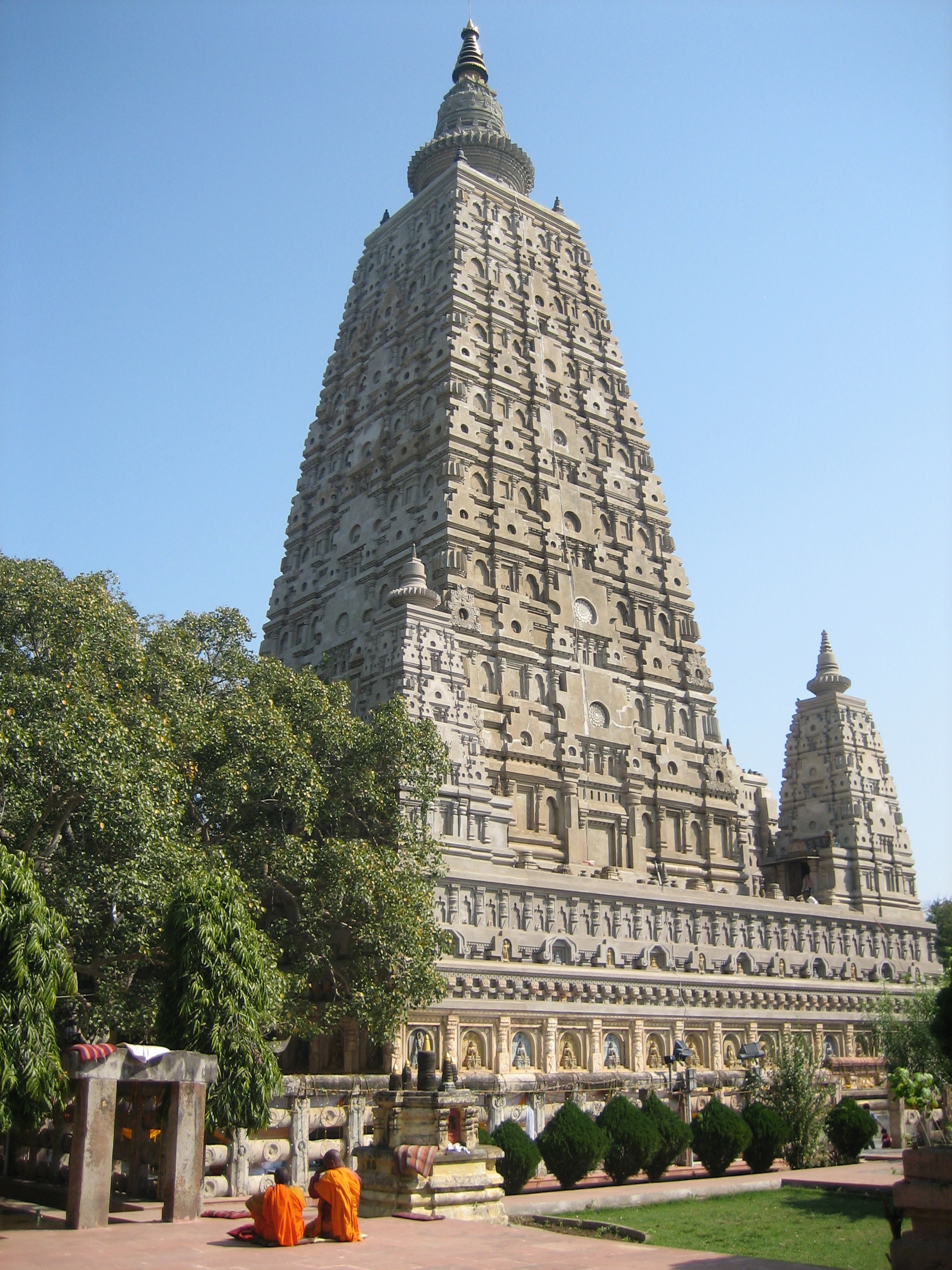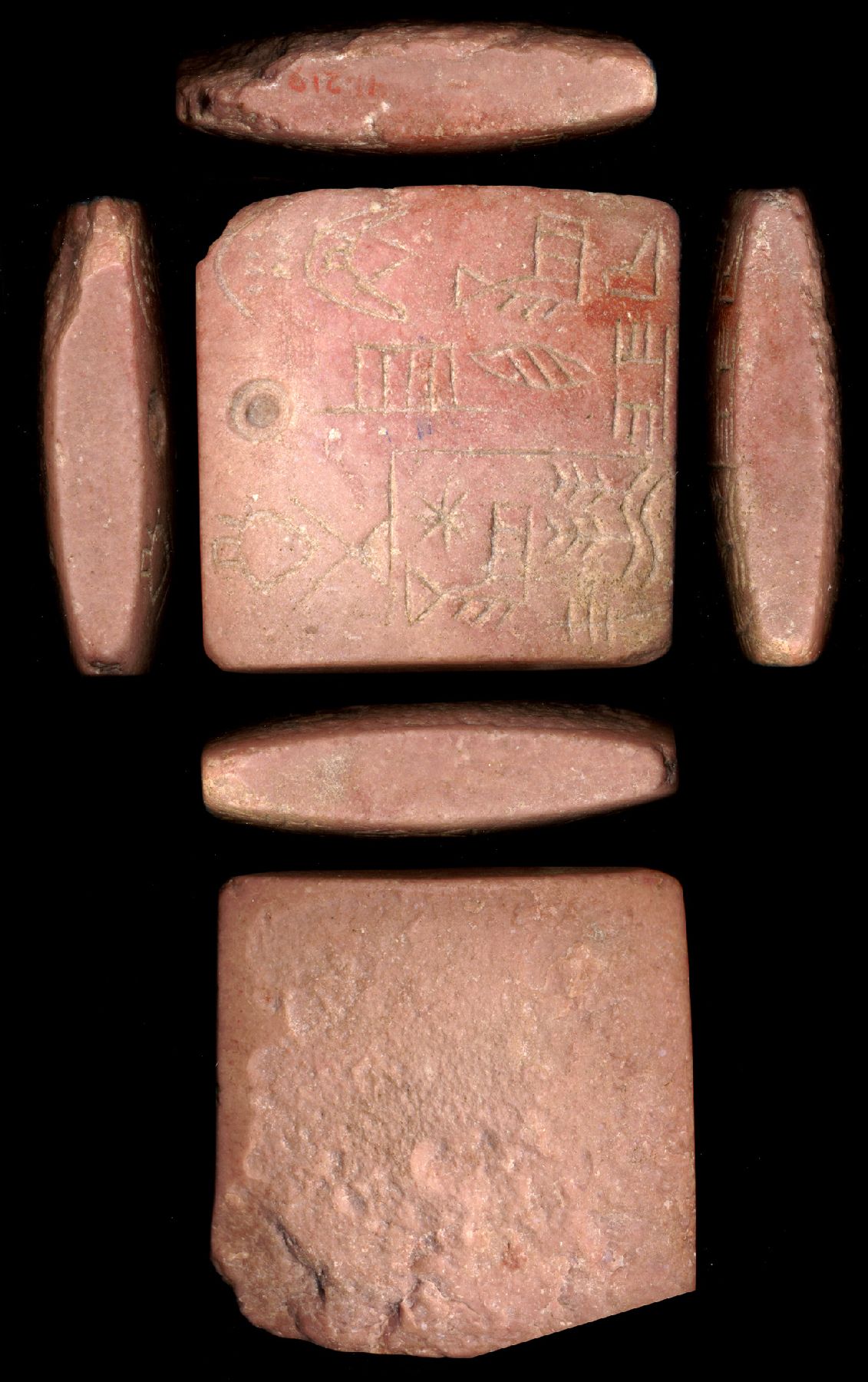|
H. D. Sankalia
Hasmukh Dhirajlal Sankalia (10 December 1908 – 28 January 1989) was an Indian Sanskrit scholar and archaeologist specialising in proto- and ancient Indian history. He is considered to have pioneered archaeological excavation techniques in India, with several significant discoveries from the prehistoric period to his credit. Sankalia received the Ranjitram Suvarna Chandrak award in 1966. And also received Padma Bhushan in the year 1974. Early life and education Sankalia was born in Mumbai into a family of lawyers hailing from Gujarat. A frail infant, he was not expected to survive. At fifteen, Sankalia read the Gujarati translation of Lokmanya Tilak's ''The Arctic Home in the Vedas''. Although he understood little of the book (p. 6), he was determined to "do something to know about the Aryans in India" (ibid.). To this end, Sankalia decided to emulate Tilak and study Sanskrit and mathematics. He received a B.A. degree in Sanskrit, and received the Chimanlal Ranglal Prize. ... [...More Info...] [...Related Items...] OR: [Wikipedia] [Google] [Baidu] |
Mumbai
Mumbai ( ; ), also known as Bombay ( ; its official name until 1995), is the capital city of the Indian state of Maharashtra. Mumbai is the financial capital and the most populous city proper of India with an estimated population of 12.5 million (1.25 crore). Mumbai is the centre of the Mumbai Metropolitan Region, the seventh-most populous metropolitan area in the world with a population of over 23 million (2.3 crore). Mumbai lies on the Konkan coast on the west coast of India and has a deep natural harbour. In 2008, Mumbai was named an alpha world city. Mumbai has the highest number of billionaires out of any city in Asia. The seven islands that constitute Mumbai were earlier home to communities of Marathi language-speaking Koli people. For centuries, the seven islands of Bombay were under the control of successive indigenous rulers before being ceded to the Portuguese Empire, and subsequently to the East India Company in 1661, as part of ... [...More Info...] [...Related Items...] OR: [Wikipedia] [Google] [Baidu] |
Nalanda
Nalanda (International Alphabet of Sanskrit Transliteration, IAST: , ) was a renowned Buddhism, Buddhist ''mahavihara'' (great monastery) in medieval Magadha (Mahajanapada), Magadha (modern-day Bihar), eastern India. Widely considered to be among the greatest Ancient higher-learning institutions, centres of learning in the ancient world and often referred to as "the world's first residential university", it was located near the city of Rajagriha (now Rajgir), roughly southeast of Pataliputra (now Patna). Operating for almost a thousand years from 427 CE until around 1400 CE, Nalanda mahavihara played a vital role in promoting the patronage of arts, culture and academics during the 5th and 6th century CE, a period that has since been described as the "Golden Age of India" by scholars. Nalanda was established by emperor Kumaragupta I of the Gupta Empire around 427 CE, and was supported by numerous Indian and Javanese patrons – both Buddhists and non-Buddhists. Nalanda continue ... [...More Info...] [...Related Items...] OR: [Wikipedia] [Google] [Baidu] |
Maiden Castle, Dorset
Maiden Castle is an British Iron Age, Iron Age hillfort southwest of Dorchester, Dorset, Dorchester, in the English county of Dorset. Hill forts were fortified hill-top settlements Hillforts in Britain, constructed across Britain during the Iron Age. The earliest archaeology, archaeological evidence of human activity on the site consists of a Neolithic causewayed enclosure and bank barrow. In about 1800 BC, during the Bronze Age, the site was used for growing crops before being abandoned. Maiden Castle itself was built in about 600 BC; the early phase was a simple and unremarkable site, similar to many other hill forts in Britain and covering . Around 450 BC it was greatly expanded and the enclosed area nearly tripled in size to , making it the largest hill fort in Britain and, by some definitions, the largest in Europe. At the same time, Maiden Castle's defences were made more complex with the addition of further defensive wall, ramparts and ditch (fortificati ... [...More Info...] [...Related Items...] OR: [Wikipedia] [Google] [Baidu] |
Toponymy
Toponymy, toponymics, or toponomastics is the study of '' toponyms'' ( proper names of places, also known as place names and geographic names), including their origins, meanings, usage, and types. ''Toponym'' is the general term for a proper name of any geographical feature, and full scope of the term also includes proper names of all cosmographical features. In a more specific sense, the term ''toponymy'' refers to an inventory of toponyms, while the discipline researching such names is referred to as ''toponymics'' or ''toponomastics''. Toponymy is a branch of onomastics, the study of proper names of all kinds. A person who studies toponymy is called ''toponymist''. Etymology The term ''toponymy'' comes from / , 'place', and / , 'name'. The '' Oxford English Dictionary'' records ''toponymy'' (meaning "place name") first appearing in English in 1876 in the context of geographical studies. Since then, ''toponym'' has come to replace the term ''place-name'' in professional ... [...More Info...] [...Related Items...] OR: [Wikipedia] [Google] [Baidu] |
Archaeology In India
Archaeology in India is mainly done under the supervision of the Archaeological Survey of India. History 12th century Indian scholar Kalhana's writings involved recording of local traditions, examining manuscripts, inscriptions, coins and architectures, which is described as one of the earliest traces of archaeology. One of his notable work is called ''Rajatarangini'' which was completed in c.1150 and is described as one of the first history books of India. Origin of modern archaeology One of the earliest non-Indian scholars to take an interest in the archaeology of the Indian subcontinent were Western European travelers in the 16th, 17th and early 18th centuries. The earliest European written accounts of India's ancient monuments and Hindu temples were produced by sailors and travelers in the 16th, 17th and early 18th centuries CE. Some of these accounts included ground plans and drawings of the buildings, however they lacked any historical discussion of their origins, wit ... [...More Info...] [...Related Items...] OR: [Wikipedia] [Google] [Baidu] |
Museology
Museology (also called museum studies or museum science) is the study of museums. It explores the history of museums and their role in society, as well as the activities they engage in, including curating, preservation, public programming, and education. Terminology The words that are used to describe the study of museums vary depending on language and geography. For example, while "museology" is becoming more prevalent in English, it is most commonly used to refer to the study of museums in French (), Spanish (), German (), Italian (), and Portuguese () – while English speakers more often use the term "museum studies" to refer to that same field of study. When referring to the day-to-day operations of museums, other European languages typically use derivatives of the Greek "" (French: , Spanish: , German: , Italian: , Portuguese: ), while English speakers typically use the term "museum practice" or "operational museology" Development of the field The development of museol ... [...More Info...] [...Related Items...] OR: [Wikipedia] [Google] [Baidu] |
Sumerian Language
Sumerian ) was the language of ancient Sumer. It is one of the List of languages by first written account, oldest attested languages, dating back to at least 2900 BC. It is a local language isolate that was spoken in ancient Mesopotamia, in the area that is modern-day Iraq, Iraq. Akkadian language, Akkadian, a Semitic languages, Semitic language, gradually replaced Sumerian as the primary spoken language in the area (the exact date is debated), but Sumerian continued to be used as a sacred, ceremonial, literary, and scientific language in Akkadian-speaking Mesopotamian states, such as Assyria and Babylonia, until the 1st century AD. Thereafter, it seems to have fallen into obscurity until the 19th century, when Assyriologists began Decipherment, deciphering the cuneiform inscriptions and excavated tablets that had been left by its speakers. In spite of its extinction, Sumerian exerted a significant influence on the languages of the area. The Cuneiform, cuneiform script, original ... [...More Info...] [...Related Items...] OR: [Wikipedia] [Google] [Baidu] |
Bernard Ashmole
Bernard Ashmole (22 June 1894 – 25 February 1988) was a British archaeologist and art historian, who specialized in ancient Greek sculpture. He held a number of professorships during his lifetime; Yates Professor of Classical Art and Archaeology at the University of London from 1929 to 1948, Lincoln Professor of Classical Archaeology and Art at University of Oxford from 1956 to 1961, and Greek Art and Archaeology at the University of Aberdeen from 1961 to 1963. He was also Keeper of Greek and Roman Antiquities at the British Museum from 1939 to 1956. Early life Ashmole was born on 22 June 1894 in Ilford, Essex, to William Ashmole and Caroline Wharton Tiver. He was a descendant of the antiquarian Elias Ashmole. He was privately educated before attending the private Forest School from 1903 to 1911. He matriculated into Hertford College, Oxford, in 1913, having been awarded the Essex Scholarship in Classics. Career World War I service With the outbreak of World War I, he ... [...More Info...] [...Related Items...] OR: [Wikipedia] [Google] [Baidu] |
University Of London
The University of London (UoL; abbreviated as Lond or more rarely Londin in Post-nominal letters, post-nominals) is a collegiate university, federal Public university, public research university located in London, England, United Kingdom. The university was established by royal charter in 1836 as a degree-awarding examination board for students holding certificates from University College London, King's College London and "other such institutions, corporate or unincorporated, as shall be established for the purpose of Education, whether within the Metropolis or elsewhere within our United Kingdom". It is one of three institutions to have claimed the title of the Third-oldest university in England debate, third-oldest university in England. It moved to a federal structure with constituent colleges in 1900. It is now incorporated by its fourth (1863) royal charter and governed by the University of London Act 2018 (c. iii). The university consists of Member institutions of the Un ... [...More Info...] [...Related Items...] OR: [Wikipedia] [Google] [Baidu] |
Bhagwan Lal Indraji
Bhagwan Lal Indraji or Bhagwanlal Indraji (8 November 1839 – 16 March 1888) was an Indian archaeologist and scholar. A member of the Royal Asiatic Society's Bombay branch. He made transcripts of several ancient Indian inscriptions, including the Hathigumpha inscription. He discovered many archaeological relics, including the Mathura lion capital, the Bairat and Sopara Ashokan inscription, the Nanaghat reliefs, the Mathura Vishnu image, drum miniature stupa with a frieze of eight metopes representing the four principal and four secondary scenes from Buddha's life, Jain Aayagpata, various Mathura railing pillars, Mankuwar Buddha, Besnagar coping stone depicting Bodhi Tree, and Gadava surya frieze. He was the first Indian to receive an honorary doctorate from a foreign University (Leiden University). Early life Bhagwan Lal Indraji was born in 1839 in Junagadh. He obtained his primary education in Junagadh, and learnt Sanskrit from his father, a Prashnora Nagar Brahmin. Init ... [...More Info...] [...Related Items...] OR: [Wikipedia] [Google] [Baidu] |
Buddhism
Buddhism, also known as Buddhadharma and Dharmavinaya, is an Indian religion and List of philosophies, philosophical tradition based on Pre-sectarian Buddhism, teachings attributed to the Buddha, a wandering teacher who lived in the 6th or 5th century Before the Common Era, BCE. It is the Major religious groups, world's fourth-largest religion, with about 500 million followers, known as Buddhists, who comprise four percent of the global population. It arose in the eastern Gangetic plain as a movement in the 5th century BCE, and gradually spread throughout much of Asia. Buddhism has subsequently played a major role in Asian culture and spirituality, eventually spreading to Western world, the West in the 20th century. According to tradition, the Buddha instructed his followers in a path of bhavana, development which leads to Enlightenment in Buddhism, awakening and moksha, full liberation from ''Duḥkha, dukkha'' (). He regarded this path as a Middle Way between extremes su ... [...More Info...] [...Related Items...] OR: [Wikipedia] [Google] [Baidu] |





